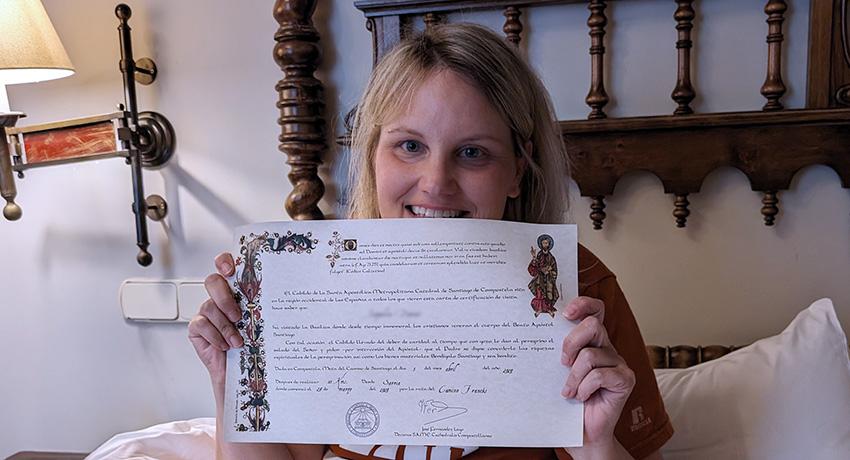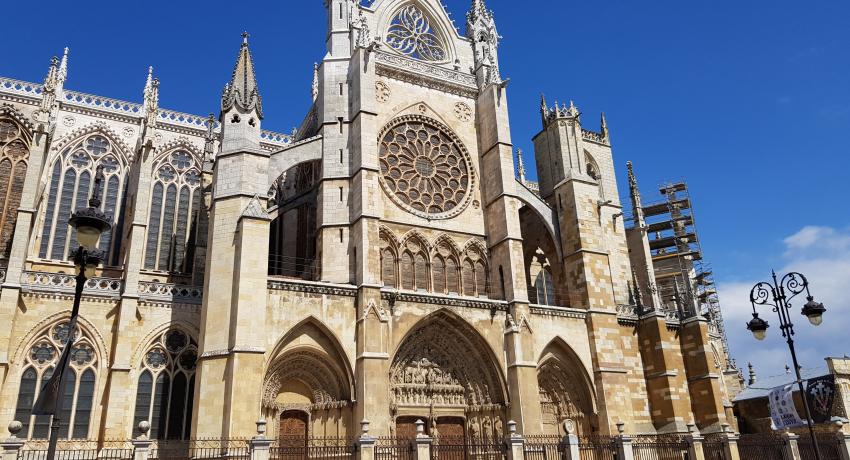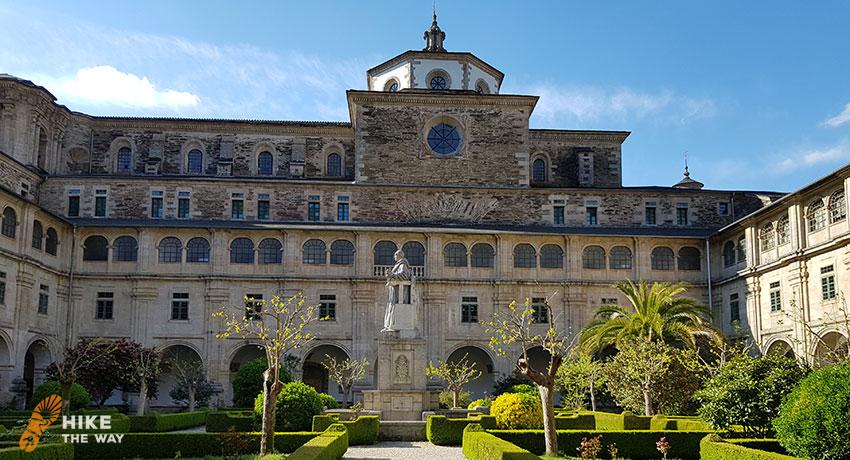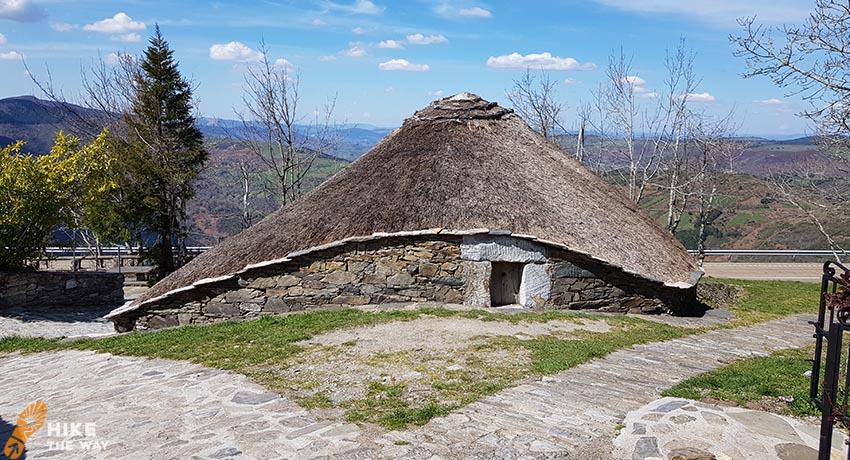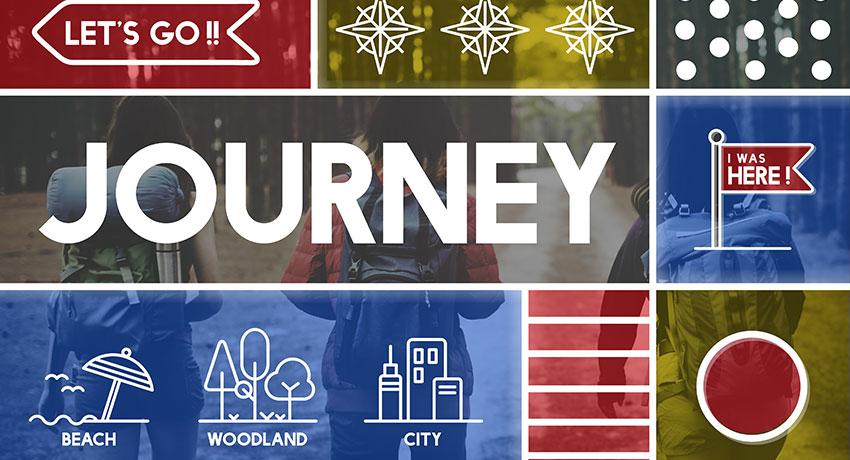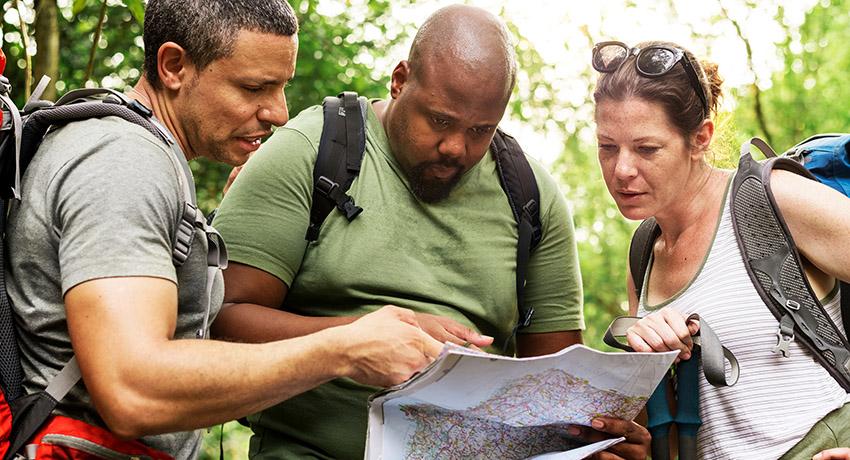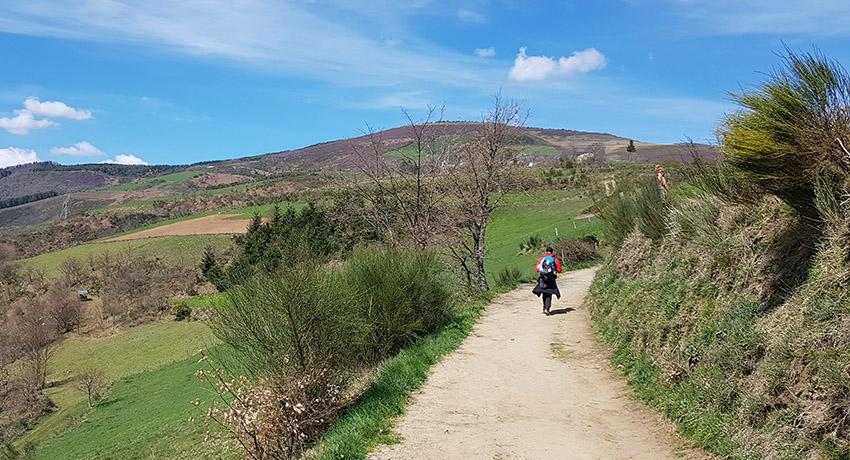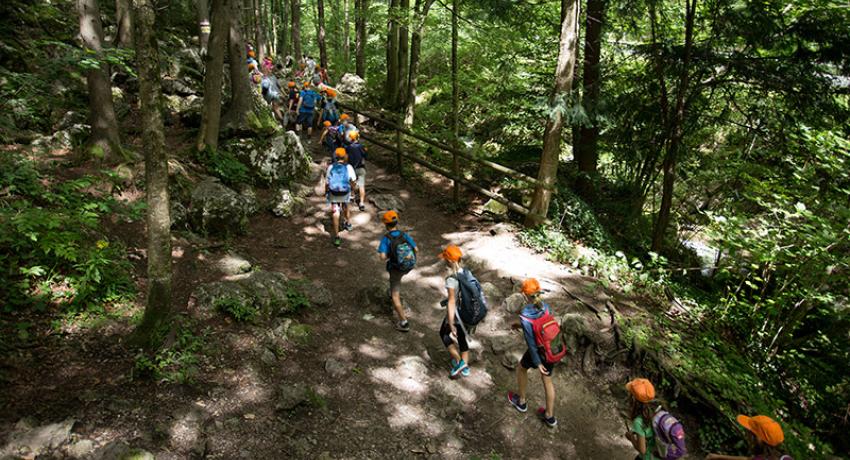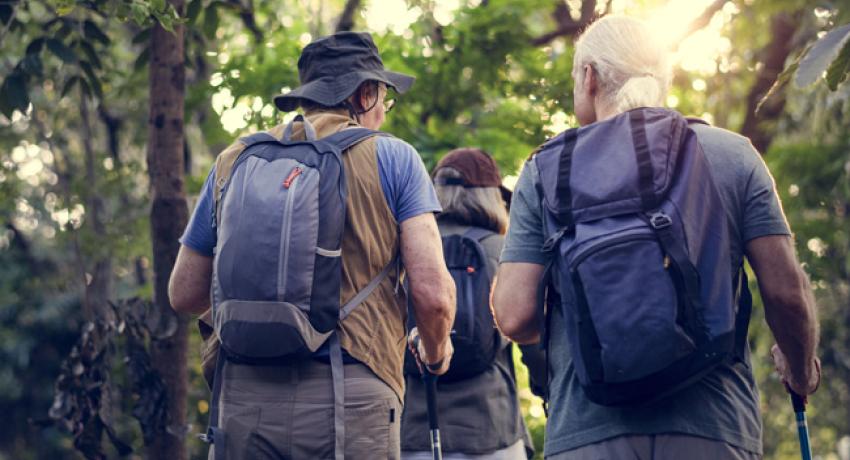How to get your Compostela pilgrim certificate
Updated Nov 4, 2024
Getting your Compostela, or official pilgrim certificate, is one of the fondest memories of walking the Camino. Written in Latin on parchment paper and issued by the Catholic Church at no cost, each certificate is a personalized testament to your effort and a lasting record of your journey to Santiago.

